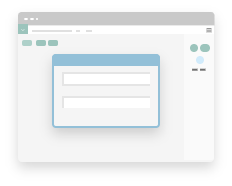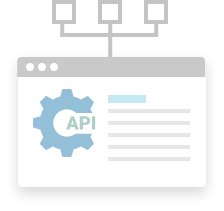The Idling Engine Analogy
For a keen understanding of this concept within manufacturing, we can compare downtime to an idling car engine.
When a car engine is idling, it is still consuming gas and developing wear and tear. But the car is not moving forward or performing the objective it is made for.
Downtime works the same way. There are still costs that are incurred. In these periods, factors such as machine depreciation costs, employee wages, and energy bills still need to be paid. On top of this, there are often costs associated with getting an operation back on schedule. The longer downtime is extended, the larger the resource costs and the greater amount of time revenue is not being generated.
From this analogy, we can see that downtime is wasteful on two levels.
- Consumes Resources: Costs associated with having a facility that is not working.
- Consumes Time: This is time that could have been used to produce value but is instead left inactive.
The 3 Types of Downtime
Planned Downtime
Planned Downtime happens when shut down intentionally. Most often, downtime is planned when certain actions can only be accomplished if the operation or process is not running.
Although we normally see downtime as a negative outcome in manufacturing, it can also be a necessary evil. There are times when productions need to be paused to conduct meetings with employees, implement process improvements, and/or perform valuable maintenance.
One key feature to note is that planned downtime costs significantly less than unplanned downtime.
Example of Planned Downtime
Imagine you run an aluminum extrusion operation where heated aluminum is pushed through a die to produce the desired shape. One of your machines is scheduled for a complete maintenance call. The use of this machine will need to be stopped entirely for maintenance crews to perform the required actions.
In this case, you adjust your operation so that this planned downtime creates the least amount of impact on the whole operation. Using work instruction software, you inform workers of the maintenance schedule and assign other machines within their work orders. Maintenance crews Lockout-Tagout the specified machine during low-volume periods and the operation barely feels the loss of time with the equipment.









